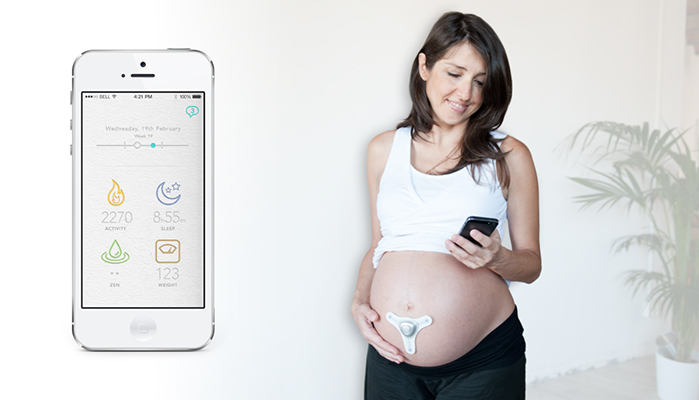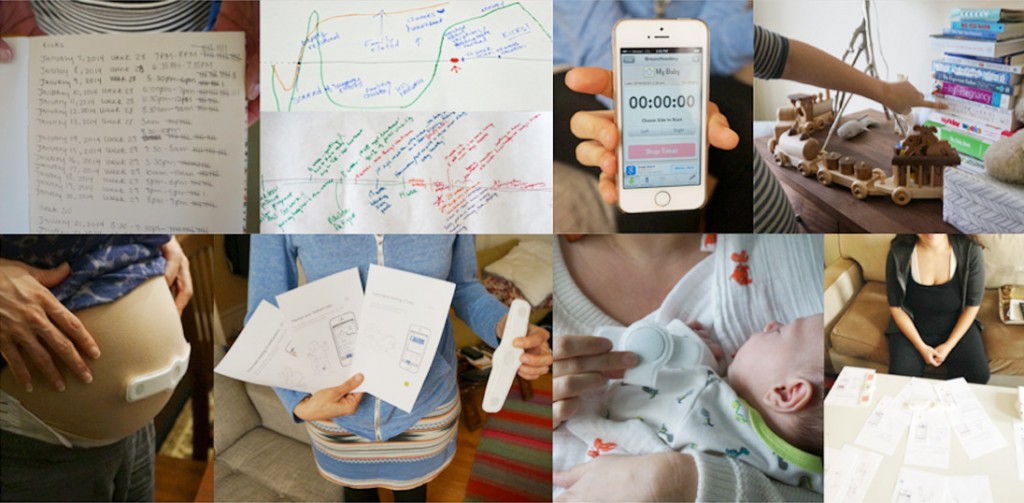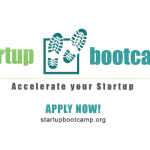Those of us who work in the technology sector are all guilty of getting over excited about the next big thing. As the hype gathers pace, we mimic each other and repeat the same old jargon that everyone else is using. ‘Internet of Things’, ‘Wearables’, ‘Big Data’ are just a few of the current ones that are being repeated and shared incessantly across our many forms of media right now…..and yes, I am as guilty as the rest of them.
However, I do also try to evangelise about specific technology that really does make sense to me, rather than salivate every time I see one of those jargon terms that actually end up annoying me. The ‘Internet of Things’ has got to be one of the most generic forms of categorization in circulation right now. It may have had some relevance five years ago but now it seems somewhat absurd. We have so many different types of connected devices across so many different parts of human existence from manufacturing to consumer lifestyle that it really doesn’t mean anything any more. To me, it’s like people getting excited about the internet.
‘Wearables’ is a subset of Internet of Things and even that is becoming too generic and over hyped. I think we are going to see a day of reckoning in the next couple of years when we realize that the hype doesn’t match the reality. There are two principle reasons for this: Firstly, it will transpire that people don’t want to cover themselves in devices to track, measure and notify themselves about every single possible thing that happens in their lives. Admittedly some devices will be replaced by Smart fabrics and even implants but many of them won’t. Secondly, it comes down to the hard facts of economics. Despite talk of a recovery, the reality is that disposable incomes are still going down, even if some parts of the world are seeing more employment, and this is in the context of unprecedented monetary stimulus help from central banks. No doubt some companies will start giving ‘Wearables’ away in exchange for peoples’ data, but bearing in mind there will be no short term revenue from this model, it’s not likely to be that prevalent.
So, unfortunately I believe that the majority of ‘Wearables’ being developed today will not last. Although one of the great benefits for a lot of wearable technology is the data that can be collected for further purposes, obviously it won’t serve any purpose if people don’t wear the technology in the first place. So what kind of technology will people wear? What will we fork out for?
First and foremost, it will need to be something that goes beyond a novelty factor. Fitness trackers were all the rage for a while but we now know that a huge percentage of fitness trackers end up getting discarded by the user after a few months, once they’ve realized that it’s not really making that much difference to their lives any more. This is a crucial point. Wearable tech will need to engage people over the long term or address a very specific issue in the short term.

When we were approached by a startup – Bloom Technologies – to design a wearable system for pregnancy, we were immediately excited by the potential. Coming from a background of highly specialized knowledge in wireless sensor technology and data transfer from the human body, they knew that amongst many data sets they could capture, they would be able to provide medical grade data about contractions to expecting mothers outside of hospital for the very first time. For a woman, childbirth has to be the biggest event in their lives on a biological, emotional and psychological level. It’s both hugely exciting and stressful. My own mother had many difficulties during various pregnancies, and it was one of the most traumatic periods of her life. However, very often there is misplaced anxiety and with Bloom’s product, much of that worry and stress could be eliminated by having access to very clear understandable data about what is actually happening with their own body and their baby inside.
From a human centered perspective, Bloom’s vision made a lot of sense to us. This could be one of those wearable systems that address a very specific issue over a short period. Even if it’s only used once, it could still be a great investment during such an important part of ones’ life, and of course one could always sell it on afterwards. Furthermore, there is a huge incentive for healthcare services to get behind it, because they could crowdsource the largest ever set of data on prenatal health, facilitating much improved services in this area. Having said all that, Bloom may not go on to be a great success. Although they have already got some high-powered investors on board, nothing can be taken for granted.

However, in general we believe well-designed wearable technology that addresses specific health issues has a lot of potential. Indeed, we are about to start working on a new health related wearable product. Not only is our health the most important thing to all of us, but also the regulation required around it will make it very hard for lots of ‘me too’ companies to jump on board.
Healthcare ‘Wearables’ will not be the only winners though. Wearable systems that sustain peoples’ engagement over a long period or solve very specific issues over a short term will be the survivors. Human-centered design & innovation will be crucial to any company trying to conduct business in this space. Part of that process will be evaluating whether your idea really does resonate with people, or not. If it does, then it is about executing great design through the lenses of ergonomics, usability and aesthetics. Ultimately, the current hype means there is a barrage of wearable products coming to market, all battling for the human body real estate. If you’re looking to innovate in this space, then you have to look beyond how clever the technology is and ask the fundamental question ‘Will this really matter to people?
Read the full case study here.







Leave a Reply